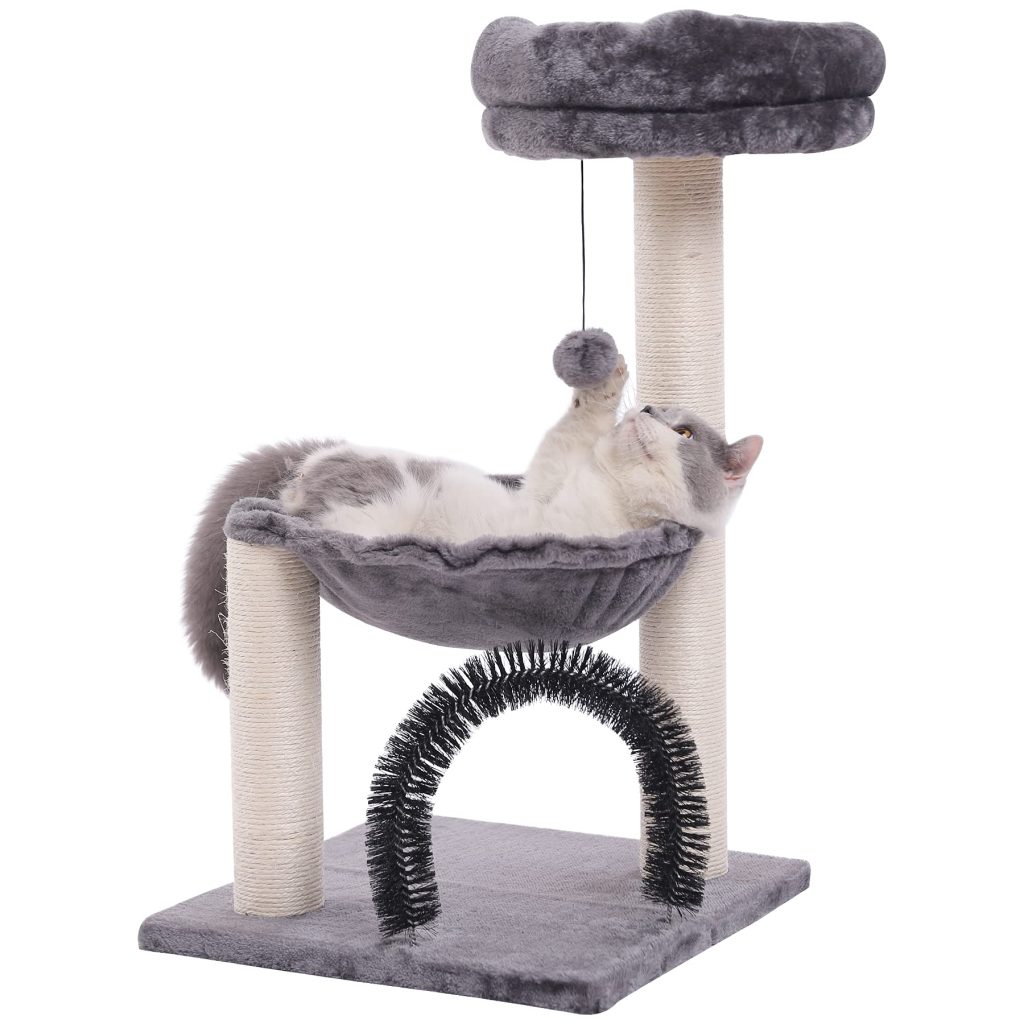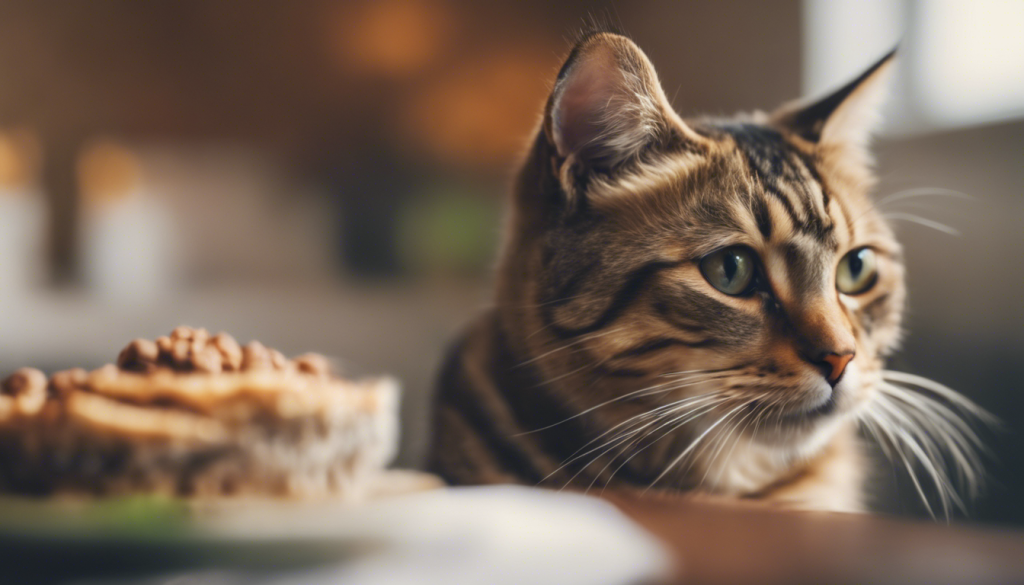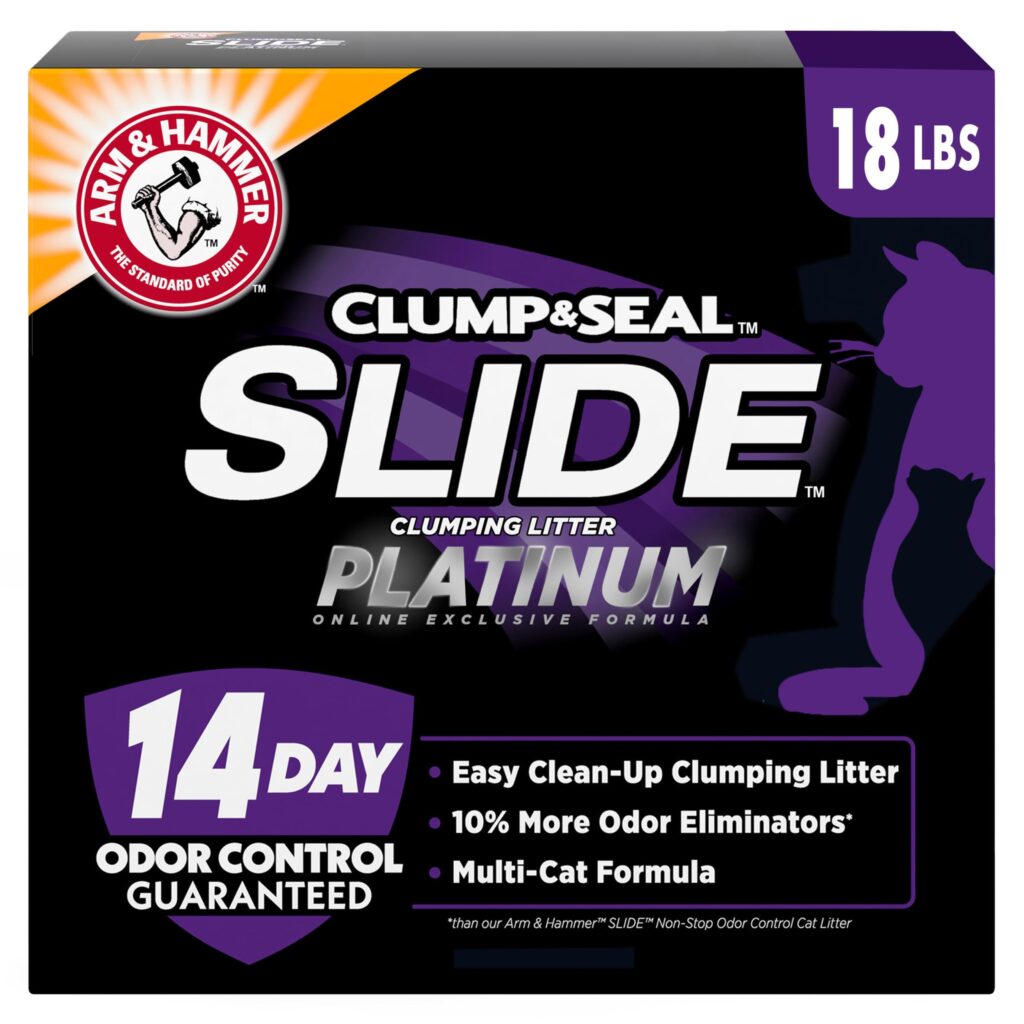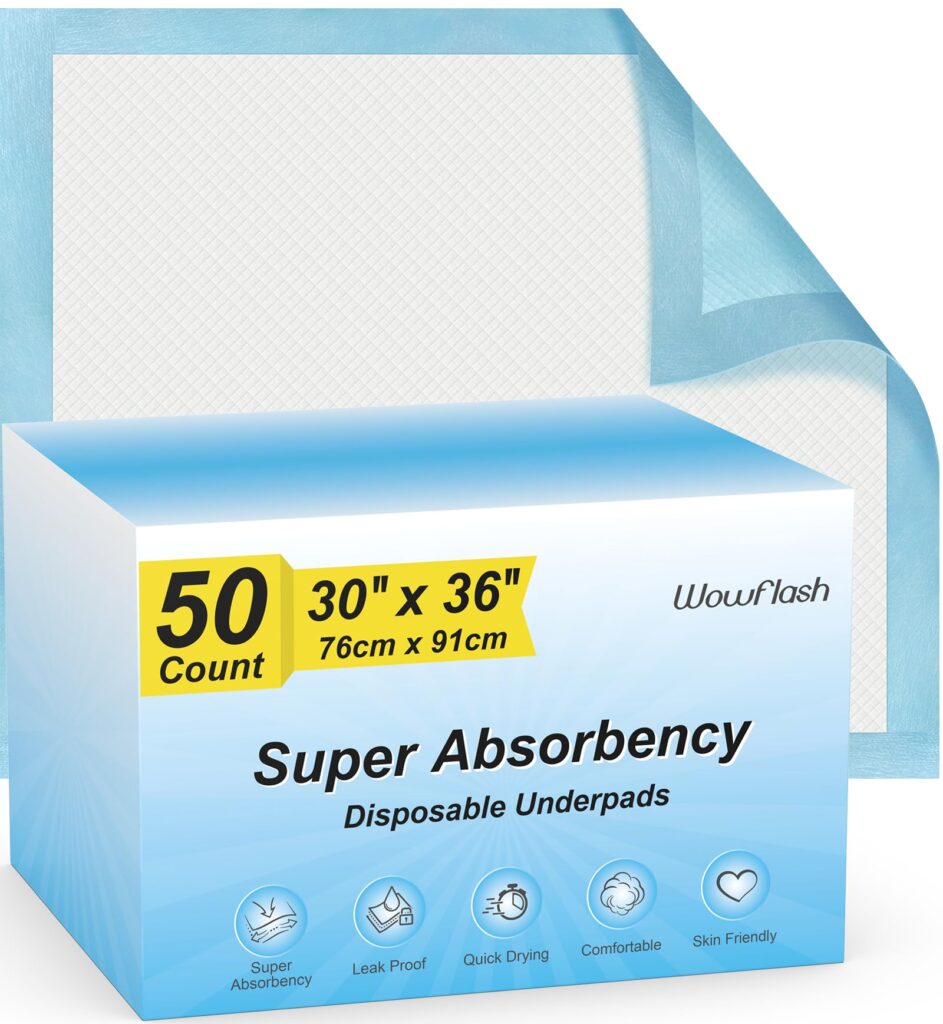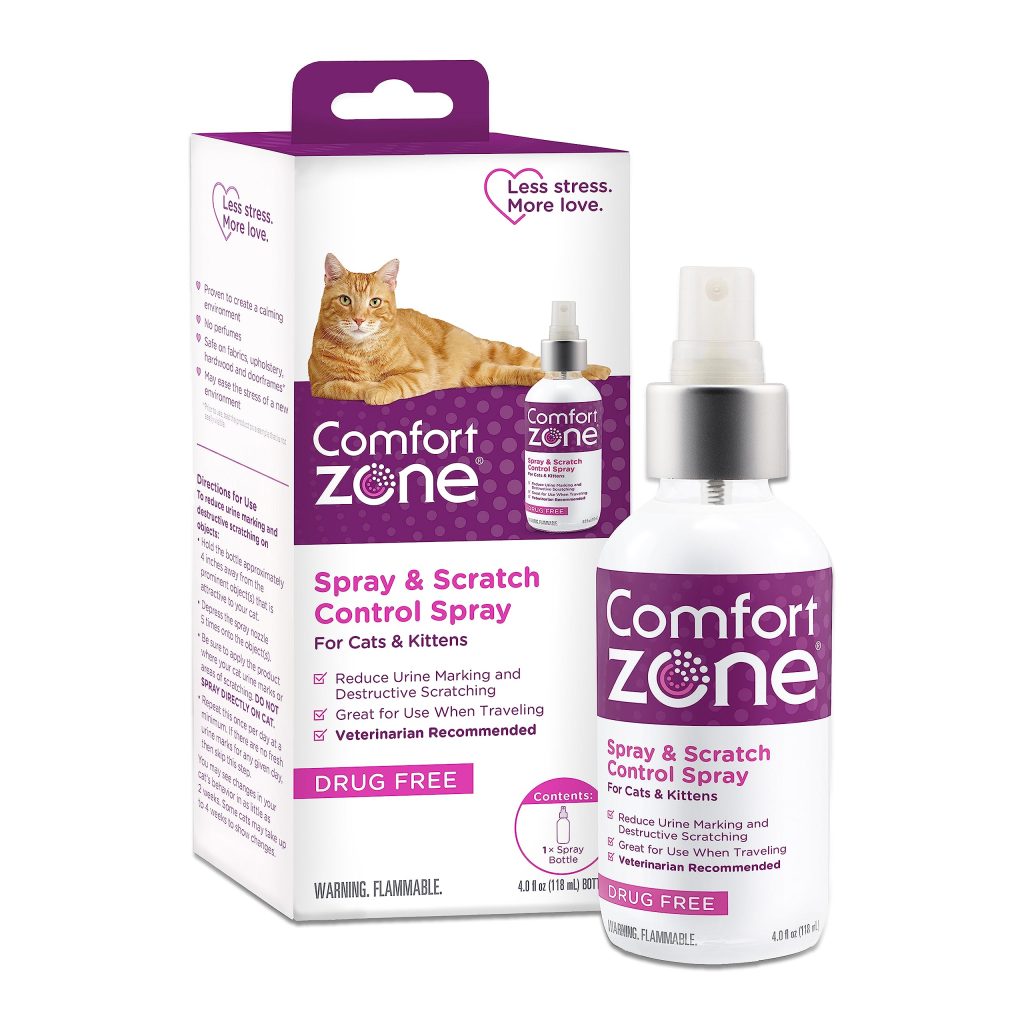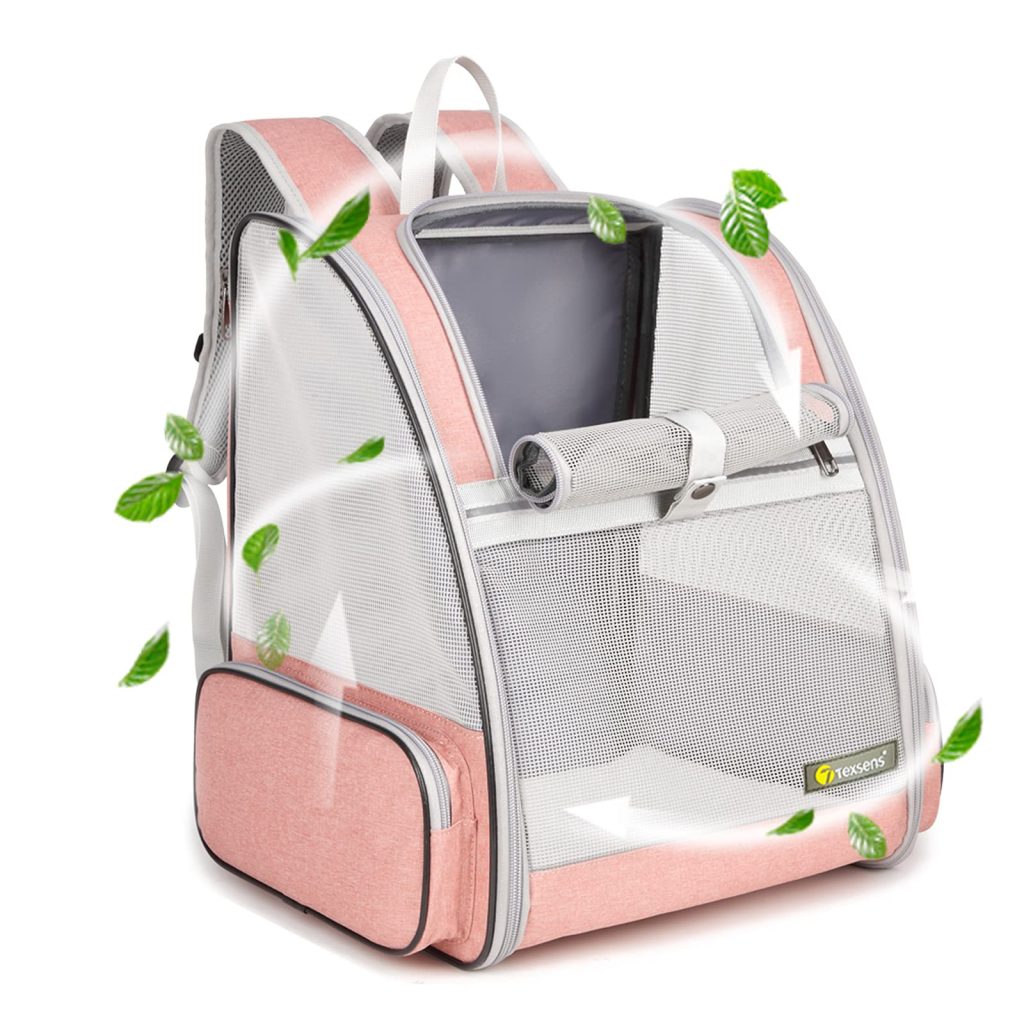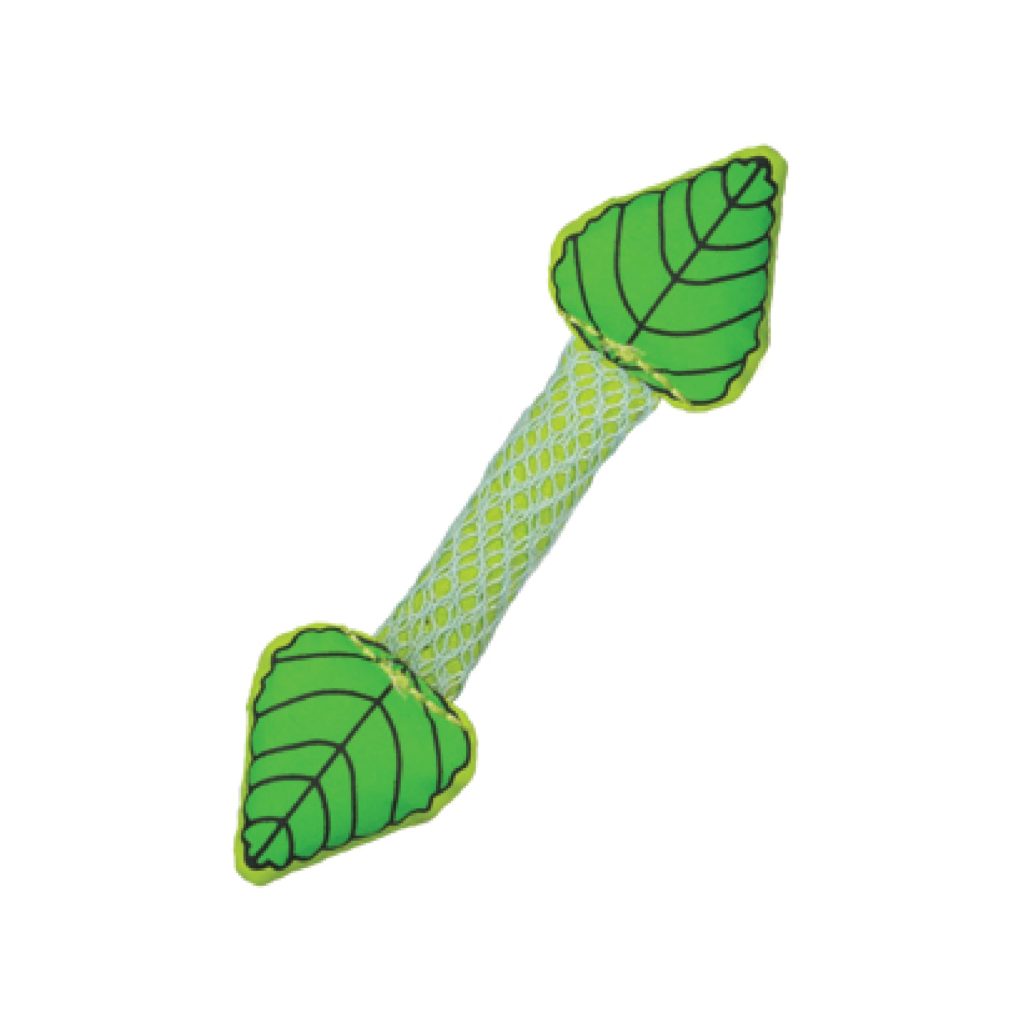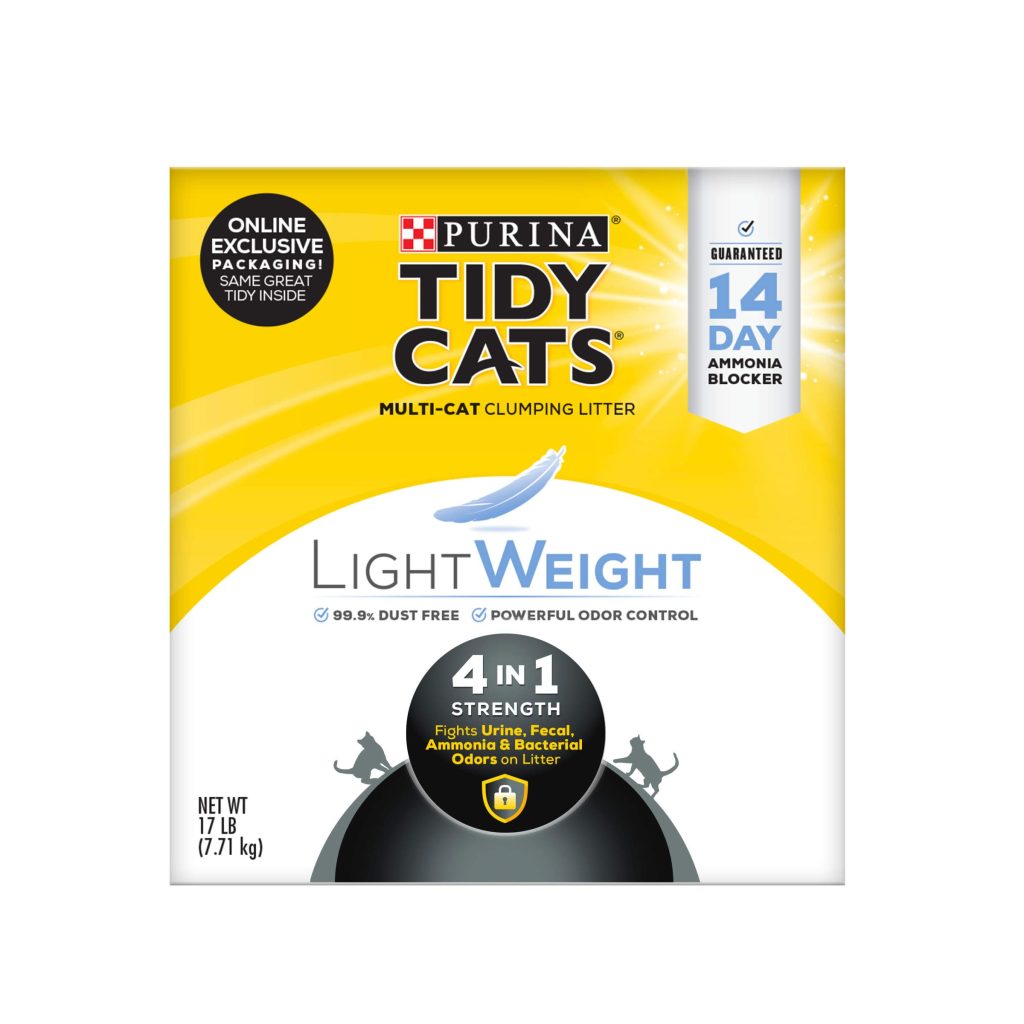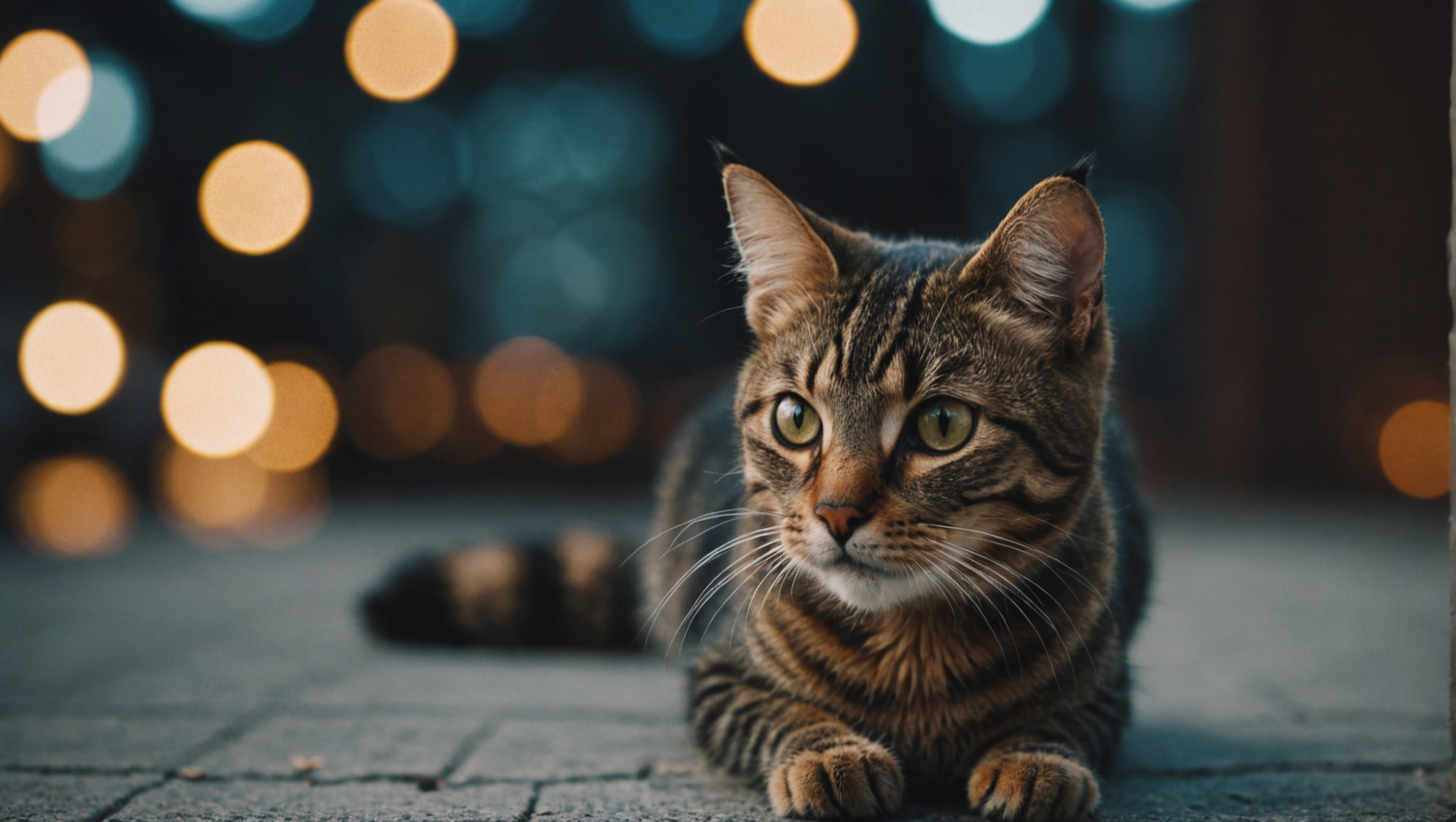
Understanding the intricacies of feline hydration needs is paramount for ensuring the overall health and vitality of our beloved companions. Unlike humans, cats exhibit unique physiological characteristics that dictate their consumption of water, rendering them more susceptible to dehydration. A cat’s body comprises approximately 60% water, which plays an integral role in numerous bodily functions, including digestion, circulation, and thermoregulation. Consequently, the delicate balance of hydration significantly influences their well-being.
One must consider the evolutionary background of domestic cats; they are descendants of desert-dwelling ancestors who adapted to extract moisture from their prey, primarily rodents. This innate trait allows cats to have lower thirst drives compared to other pets, which means they do not always recognize when they need to drink. Hence, understanding how to maintain adequate hydration is essential, especially since many cats may not instinctively consume sufficient water on their own.
It is vital to recognize that hydration is not merely about encouraging water intake; its significance extends to the quality of water and the manner in which it is made accessible to feline companions. Fresh, clean water should always be available, as cats can be quite particular about their drinking environment. Some cats prefer flowing water, which can be simulated with water fountains designed specifically for them. These fountains encourage engagement by creating a dynamic and appealing source of hydration.
Moreover, the choice of diet plays a pivotal role in a cat’s hydration status. Cats that consume dry kibble require significantly more water than those whose diet consists of wet food, which contains a higher moisture content. Many veterinarians advocate for incorporating wet food into a cat’s diet, as this can substantially augment their total daily water intake, thereby promoting better renal function and reducing the risk of urinary tract diseases.
While not every cat will exhibit clear signs of dehydration until it has progressed, proactive measures can significantly mitigate risks. Understanding the various hydration needs based on age, activity level, and health status is critical; for instance, senior cats or those with chronic health issues may require more vigilant monitoring and encouragement to drink. Just as a finely tuned instrument requires careful maintenance to function optimally, so too does our feline friends’ hydration needs demand attention.
The dialogue surrounding hydration and its implications for our cats’ health is complicated yet crucial. As the renowned veterinarian Dr. Marty Becker aptly states, “An ounce of prevention is worth a pound of cure.” This holds true for hydration, as ensuring your furry friend remains properly hydrated can prevent a host of potential health issues in the future. The journey toward optimal feline hydration is a commitment that yields profound rewards, not only in health but in the happiness and longevity of our cherished companions.
Consequences of dehydration in cats
When we delve into the grave consequences of dehydration in cats, it becomes abundantly clear that the implications extend far beyond mere discomfort; they can lead to serious health complications that threaten the very essence of feline vitality. Dehydration occurs when a cat loses more fluids than it consumes, disrupting the intricate balance necessary for optimal bodily function. This decrement in hydration can manifest in various alarming ways, gradually inflicting damage to vital organs and systems.
The most immediate concern in the wake of dehydration is its impact on kidney function. The kidneys—vital for filtering waste from the bloodstream—require an adequate supply of water to operate effectively. If a cat becomes dehydrated, the kidneys may struggle to perform their essential tasks, leading to a buildup of toxins in the body. In the long term, this can culminate in chronic kidney disease, a condition that’s alarmingly prevalent among senior cats. In fact, studies have shown that maintaining optimal hydration can significantly reduce the incidence of such diseases, emphasizing the need for vigilance in monitoring a cat’s water intake.
Additionally, dehydration can thwart the digestive system’s efficiency, leading to constipation and, in more severe cases, obstructions. A well-hydrated cat boasts a robust digestive tract that can process food smoothly, whereas dehydration can result in hard, dry stools that are more painful and challenging to evacuate. The discomfort arising from such conditions can contribute to a cycle of reduced appetite and increased lethargy, which may ultimately exacerbate the hydration deficit.
The circulatory system is not immune to the detrimental effects of dehydration either. Reduced blood volume due to insufficient fluid levels can lead to lower blood pressure and, in severe cases, collapse. Such scenarios not only threaten the overall health of our feline friends but can also lead to dire outcomes if not promptly addressed. Symptoms such as lethargy, dry gums, and a lack of skin elasticity should serve as urgent calls to action for pet parents, urging them to take immediate steps to encourage water intake.
Moreover, the impact of dehydration can extend beyond physiological symptoms to influence a cat’s behavior and emotional well-being. A cat that’s dehydrated may be less playful, show signs of irritability, or retreat into isolation, presenting challenges in their social interaction and overall happiness. The intricate interplay between hydration and behavior showcases how vital it’s to think not only physiological needs but also the emotional health of our beloved companions. As Dr. Becker insightfully remarks, “A happy cat is a hydrated cat.” So, ensuring adequate hydration is not merely a matter of medical necessity but also a fundamental component of fostering a joyful and engaged feline life.
The consequences of dehydration can lead to a cascade of health issues that affect every facet of a cat’s well-being. Vigilance in hydration is paramount; recognizing the early warning signs and symptoms can pave the way for timely intervention, ultimately safeguarding the singular bond between humans and their cherished feline companions. The technique of keeping a watchful eye on your cat’s hydration levels should be as routine as the morning sun, unwavering and constant, ensuring that your furry friend enjoys the full spectrum of health and happiness they so richly deserve.
Recommended water intake for optimal health
When contemplating the recommended water intake for optimal health in our feline companions, it is essential to approach this topic with a nuanced understanding of individual variability. No two cats are identical; each has unique hydration needs based on factors such as age, size, activity level, and existing health conditions. Generally, it’s suggested that cats consume approximately 3.5 to 4.5 ounces of water per 5 pounds of body weight each day, but this guideline must be adapted to accommodate the diversity found among our beloved pets.
For instance, a sedentary indoor cat may require less water than an active outdoor feline, whose energy expenditure leads to greater fluid losses. Seasonal changes, too, can influence hydration needs as warmer weather often increases panting, thereby escalating the demand for water. Cats are also particularly prone to certain medical conditions that can modify their hydration requirements; for example, diabetic cats and those suffering from kidney disease often need to maintain a higher level of hydration to offset the detrimental effects of their ailments.
Wet food can play a pivotal role in meeting daily water intake requirements, as it contains around 70-80% moisture. A diet rich in wet food can significantly alleviate the burden on owners to solely rely on water consumption, especially for those finicky eaters who may shun drinking from a bowl. Moreover, it is critical to factor in the water content present in other food sources, such as treats or even the occasional indulgence in fresh fish or cooked chicken. This holistic view of hydration underscores the importance of monitoring not just the water bowl, but the entire dietary regimen as a contributing factor to your cat’s total fluid intake.
While the definition of adequate hydration may provide a useful benchmark, attention should also be given to the behavior surrounding water consumption. Many cats exhibit preferences around their drinking habits; some favor water that’s cool and fresh, while others are drawn to running water, which is perceived as cleaner. Providing multiple sources—such as bowls in various locations and a water fountain—can foster exploration and encourage more frequent drinking behavior. Additionally, incorporating flavor enhancers, such as low-sodium broth, can transform plain water into an enticing charm, coaxing the most discerning cats to partake.
It is equally important to appreciate the significance of maintaining ambient conditions conducive to hydration. Environmental factors such as room temperature and humidity can also impact a cat’s drinking tendencies. Ensuring that your home has a comfortable climate can help alleviate any reluctance to consume necessary fluids. In this regard, the diligent cat parent is akin to a gardener, attentively cultivating a nurturing environment that promotes flourishing well-being.
Moreover, a proactive engagement in monitoring your cat’s hydration levels is a technique every pet owner should adopt. Simple observational cues, such as monitoring the frequency of urination and the consistency of your cat’s stools, can provide insight into their hydration status. Regular veterinary check-ups and hydration assessments, particularly for senior cats, can further augment your ability to provide preventative care that aligns with Dr. Becker’s philosophy of “preventive veterinary medicine”—addressing potential issues before they arise.
In sum, the calculus of adequate hydration extends beyond mere numbers; it encompasses the culinary aspects of diet, the choices of drinking apparatus, and the environmental conditions that collectively shape a cat’s willingness to drink. As you embark on the journey to ensure your feline friend’s hydration needs are met, remember that these measures not only serve as a path to physical health but also enhance the quality of life for your cherished companion. A mindful approach fosters a nurturing bond between you and your cat, ensuring they remain vibrant and spirited members of your family.
Tips for encouraging cats to drink more water
Encouraging your feline friend to drink more water is a vital step toward maintaining their health and well-being, yet it can sometimes resemble an intricate puzzle that requires careful consideration of your cat’s preferences and behaviors. The process of making hydration appealing involves integrating innovative strategies that entice your pet into a more robust drinking routine, thereby enhancing their overall vitality.
Beginning with the fundamentals, fresh and clean water should always be accessible. Cats can be quite finicky about their drinking environment, which means that the quality of the water plays an essential role in their willingness to partake. Changing the water daily and ensuring that their bowl is scrupulously clean will elevate its attractiveness. Moreover, think using ceramic or stainless-steel bowls instead of plastic, as these materials tend to retain freshness better and contribute to a more pleasing aesthetic that might appeal to your feline friend.
One method to pique your cat’s interest in drinking more water is through the use of cat water fountains. Many cats are instinctively drawn to flowing water, as it mimics a natural, clean source they would encounter in the wild. Water fountains not only keep water fresher but also encourage cats to engage with their drinking habits playfully. The sound and movement of flowing water can stimulate their curiosity and encourage more frequent drinking. Just as Dr. Becker asserts, “Engagement is key in keeping our pets healthy and happy.” Providing dynamic sources for hydration is an effective way to cultivate that engagement.
Next, dietary choices significantly affect water consumption. Incorporating wet food into your cat’s regimen is perhaps one of the most effective strategies to imropve hydration levels. With a moisture content of roughly 70-80%, wet food drastically increases a cat’s water intake. If your cat is averse to switching entirely to wet food, ponder mixing it with their dry kibble or offering it as a special meal occasionally. This not only enriches their diet but also serves to disguise hydration as an enjoyable culinary experience.
Additionally, enhancing the flavor of water can have a dramatic impact on its appeal. Adding low-sodium chicken or beef broth can transform plain water into a flavorful treat that encourages your cat to drink more. This practice can be especially beneficial for older cats or those with health concerns who may have diminished appetites or be less motivated to drink. By turning hydration into an enticing aspect of their daily routine, you also reinforce the notion that water is not merely a necessity but a delightful part of their lifestyle.
It’s also helpful to offer multiple drinking stations throughout your home, as this makes water readily available and encourages exploration. Cats often prefer to drink in areas that feel safe and secure, so placing bowls in quiet corners, near their favorite lounging spots, or if they enjoy scenic views, near windows can serve to promote a more frequent drinking habit. Creativity is essential; the same way one would set up various comfortable resting areas for a cat, providing enticing hydration stations can cultivate a sense of choice and exploration.
Understanding the significance of routine is equally essential. Just as humans are creatures of habit, so are our beloved cats. Establishing consistent feeding and drinking schedules can lay a foundation for healthier hydration habits. Cats thrive on predictability; thus, incorporating rituals such as serving wet food followed by offering fresh water can signal to your pet that it’s time for hydration. This can also enhance your overall bonding experience, as taking an active role in these routines fosters trust and connection.
Finally, always remain observant. Monitoring your cat’s drinking habits especially important, which will allow you to identify any shifts that may signal a need for intervention. If your cat suddenly appears less interested in their usual drinking methods, it may be an indication of underlying health issues or a shift in their preferences. Developing a keen eye for their behaviors ensures that you can make timely adjustments to keep them flourishing—another compelling reason to embrace active engagement in your cat’s hydration journey.
Ultimately, the journey to enhancing your cat’s hydration involves a harmonious blend of creativity, attentiveness, and keen observation. Each successful stride toward improving their hydration not only benefits their health immensely but also fortifies the cherished bond you share. Through these simple yet effective strategies, you can significantly increase your cat’s water consumption, ensuring they remain a spirited and vibrant member of your family, poised for many joyful years ahead.
Signs of proper hydration in cats
The signs of proper hydration in cats are multifaceted and can often serve as indicators of their overall health. Understanding these signs very important for pet owners who wish to maintain the well-being of their feline companions. The most simpler method to assess hydration is through the physical appearance and texture of the skin. Gently pinching the skin between your cat’s shoulder blades creates a skin-fold that, when released, should quickly return to its original position if your cat is adequately hydrated. A delay in this response might signify dehydration; the skin will appear to take longer to fall back into place, indicating that it lacks the moisture necessary for elasticity.
Another essential aspect is the moisture level of the gums. Typically, a hydrated cat will have pink, moist gums that easily glisten in the light. When the gums become dry and sticky, it’s a red flag. Additionally, observing your cat’s eyes can provide valuable insights; they should not appear sunken or dull, but instead should be bright and expressive, reflecting vitality and good hydration status.
Furthermore, regular urination is a hallmark of proper hydration. A well-hydrated cat typically visits the litter box multiple times throughout the day, producing consistent volumes of urine with a light yellow appearance. Conversely, decreased frequency, dark-colored urine, or the presence of concentrated urine may suggest that your feline friend is not drinking enough fluids. Keeping track of these aspects can empower you to address any issues before they escalate into serious health concerns.
Additionally, a hydrated cat is more likely to exhibit a lively demeanor. Be on the lookout for their playfulness and curiosity, as these behaviors often indicate that they’re feeling good. A lack of energy or an increase in lethargy can signal hydration deficits and warrant immediate action. As Dr. Becker wisely notes, “A cat that feels good is a cat that’s engaged with life.” This engagement is intrinsically linked to their hydration status and overall health.
It is also essential to examine the temperature of your cat’s body. When your cat is well-hydrated, its body temperature should remain stable, reflecting normal physiological function. If you notice signs of lethargy coupled with an unusually high or low body temperature, immediate veterinary consultation is advisable, as this might indicate a more critical issue, potentially related to dehydration.
In observing your cat’s behavior after meals, hydration plays a pivotal role in the digestion process. A cat with adequate hydration will often exhibit signs of healthy digestion, such as regular elimination of waste; on the contrary, hydration deficits can lead to constipation or urinary issues. If you notice your pet straining in the litter box or producing hard stools, this might be a consequence of insufficient fluid intake.
Lastly, regular veterinary check-ups can serve to verify proper hydration status. Routine blood tests allow your veterinarian to evaluate kidney function and detect early signs of dehydration that may not be evident through behavior alone. This proactive approach, aligning with the preventive medicine ethos championed by Dr. Becker, underscores the importance of not waiting for visible symptoms to appear before taking action.
Ultimately, recognizing the signs of proper hydration involves an attentive and holistic approach to understanding your cat’s physical health and behavior. By embracing these observational cues and maintaining supportive practices for hydration, you can afford your feline companion a life of vigor, joy, and overall wellness, ensuring that they thrive as cherished members of your family.
